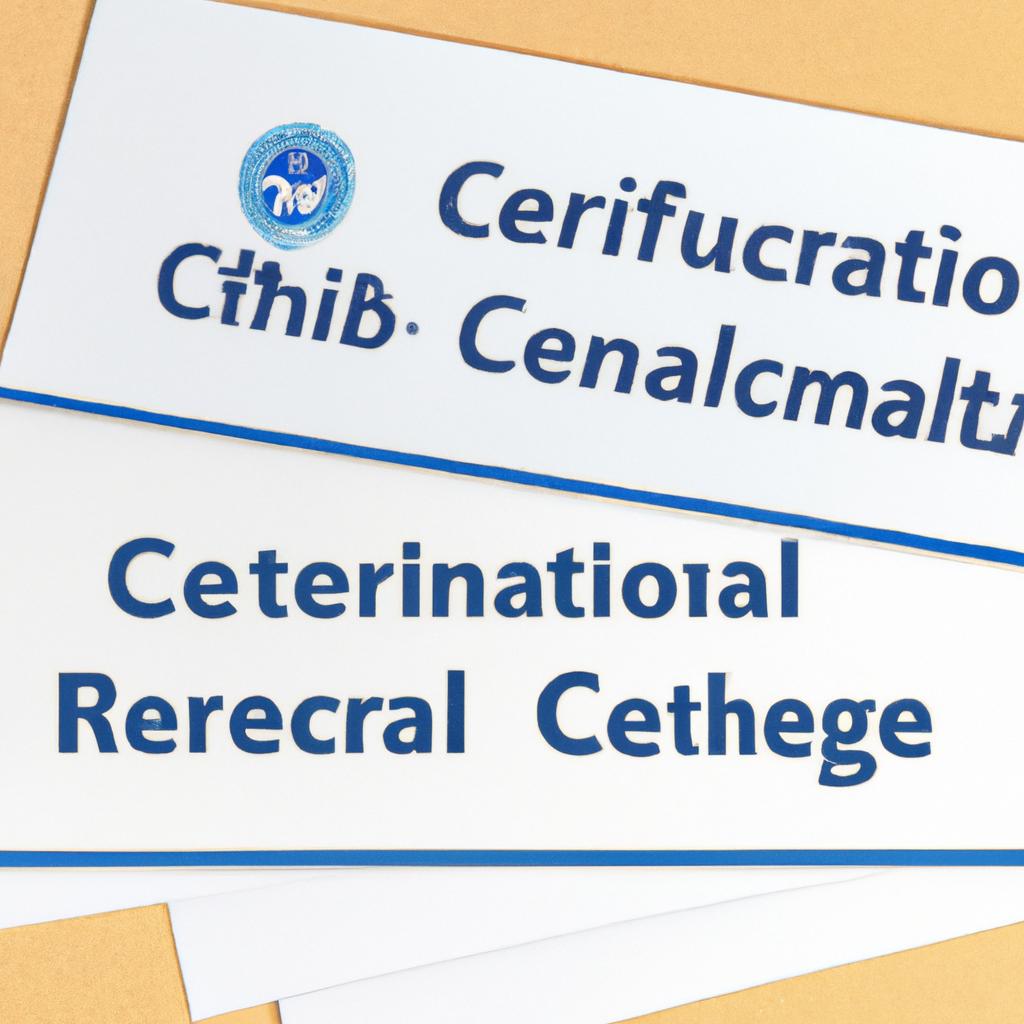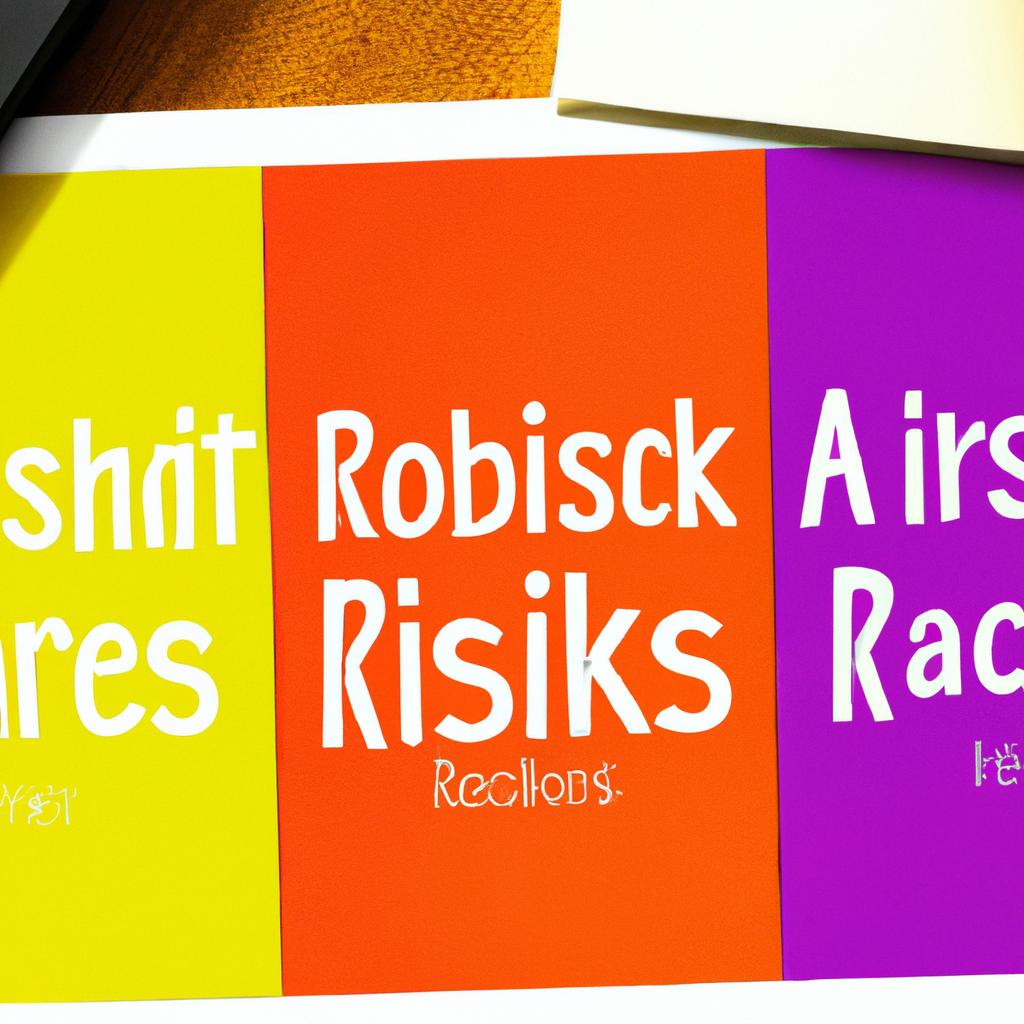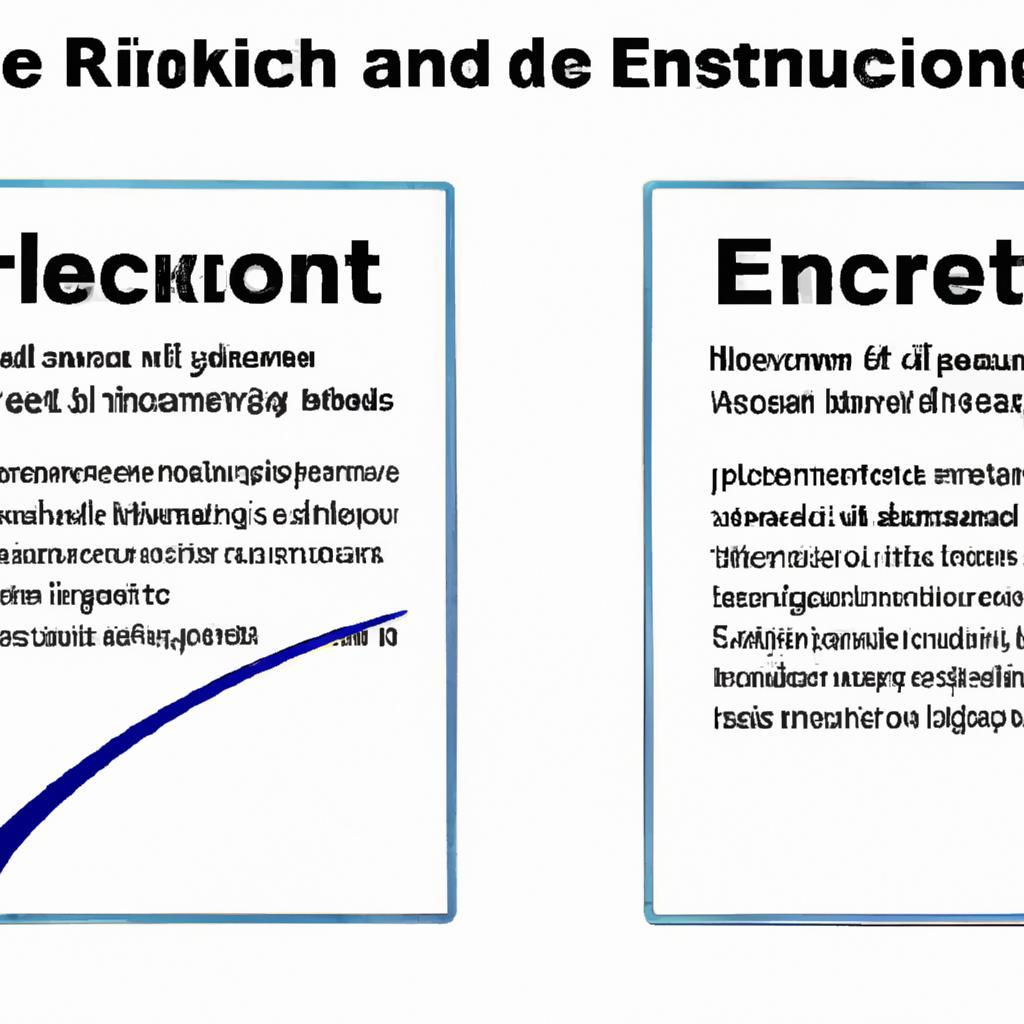In an increasingly digitized world, the debate over the merits of electronic versus paper certificates has reached a crescendo. As organizations and institutions transition from traditional paper documents to sleek digital alternatives, a myriad of advantages and potential pitfalls emerges. The promise of convenience, environmental sustainability, and enhanced accessibility stands in stark contrast to concerns over security, authenticity, and the visceral quality of tactile documentation. This article delves into the nuanced landscape of electronic and paper certificates, exploring the benefits and drawbacks of each format. By weighing their respective advantages and risks, we aim to illuminate how this pivotal shift could shape the future of certification practices across various sectors.
Advantages of Electronic Certificates in a Digital Age
In the digital age, electronic certificates present numerous advantages that resonate with modern needs and expectations. One of the most significant benefits is **enhanced accessibility**, allowing individuals to receive and share their credentials instantly, regardless of geographical barriers. Additionally, electronic certificates promote **sustainability** by reducing paper usage, thus minimizing environmental impact. They also offer **heightened security** through encryption and digital signatures, which can prevent unauthorized alterations or forgery—a risk often associated with traditional paper certificates. Furthermore, the management of electronic certificates is streamlined, enabling institutions to maintain a **centralized database** that simplifies tracking and verification processes. The efficiency of administrative procedures is notably improved, resulting in faster service delivery. the transition to electronic certificates not only aligns with technological advancements but also meets the growing demand for convenience and security in credentialing processes.
| Advantage | Description |
|---|---|
| Accessibility | Instant sharing and retrieval from anywhere |
| Sustainability | Reduction in paper usage promotes eco-friendliness |
| Security | Encryption methods to safeguard information |
| Efficiency | Streamlined management and administrative tasks |

Navigating the Risks: Ensuring Security and Integrity in Digital Transitions
The shift from paper to electronic certificates represents a significant evolution in how we manage documentation, but it comes with a unique set of challenges that must be addressed to safeguard both security and integrity. Considerations include:
- Data Security: Protecting sensitive information against unauthorized access and potential breaches.
- Digital Authentication: Implementing robust verification methods to ensure the legitimacy of the certificates.
- Long-term Accessibility: Ensuring that digital formats remain accessible as technology evolves; regular updates and migrations may be necessary.
- User Error: The risk of mismanagement by users unfamiliar with digital systems, necessitating comprehensive training and support.
To visualize the comparative risks and advantages of both formats, the following table summarizes key aspects:
| Feature | Electronic Certificates | Paper Certificates |
|---|---|---|
| Storage | Cloud-based, easily scalable | Physical space required |
| Verification | Quick, can use blockchain technology | Manual checks, time-consuming |
| Cost | Lower long-term, initial tech investment | Higher due to materials and printing |
| Environmental Impact | Lower, paperless system | Higher, dependent on paper production |
Addressing these issues is essential for a successful transition, fostering a balance between innovation and reliability that stakeholders can trust.
Final Thoughts
In a world where technology continually reshapes our daily lives, the transition from paper to electronic certificates serves as a compelling case study of this digital evolution. As we’ve explored, each medium brings its own set of advantages and risks—promising efficiency and accessibility with digital formats, while maintaining the familiarity and security of traditional paper certificates. The decision between these options isn’t merely about convenience; it also reflects larger considerations of sustainability, security, and evolving societal norms.
Ultimately, the best choice may depend on the specific needs and contexts of individual users. Institutions must strike a careful balance, harnessing the benefits of digital innovation while safeguarding against the risks that accompany a shift to the virtual realm. As we stand at this crossroads, it’s essential to remain thoughtful and informed, ensuring that whatever path we choose resonates with our values and meets the demands of an ever-changing future. In this ongoing dialogue about electronic versus paper certificates, one thing is crystal clear: the conversation is far from over, and the journey is just beginning.


